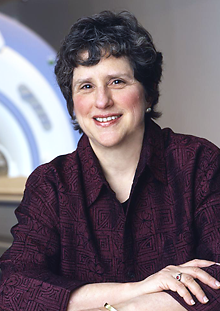Diagnosing and Treating DMDD
Abstract
Studies suggest that approximately 1 to 3 percent of children under the age of 10 display symptoms of disruptive dysregulation mood disorder.

Ellen Leibenluft, M.D., says that clinicians must rely on literature to guide them on how best to treat disruptive mood dysregulation disorder (DMDD).
Because disruptive mood dysregulation disorder (DMDD) is a relatively new mental health diagnosis, there is not much information readily available for those psychiatrists who would like to know more about the disorder, particularly as it relates diagnosing and treating. Ellen Leibenluft, M.D., a senior Investigator and Chief of the Section on Bipolar Spectrum Disorders at the National Institute of Mental Health, gives an overview of diagnosis and treatment for the mental health disorder.
To listen to an interview with Ellen Leibenluft, M.D., click here.■



